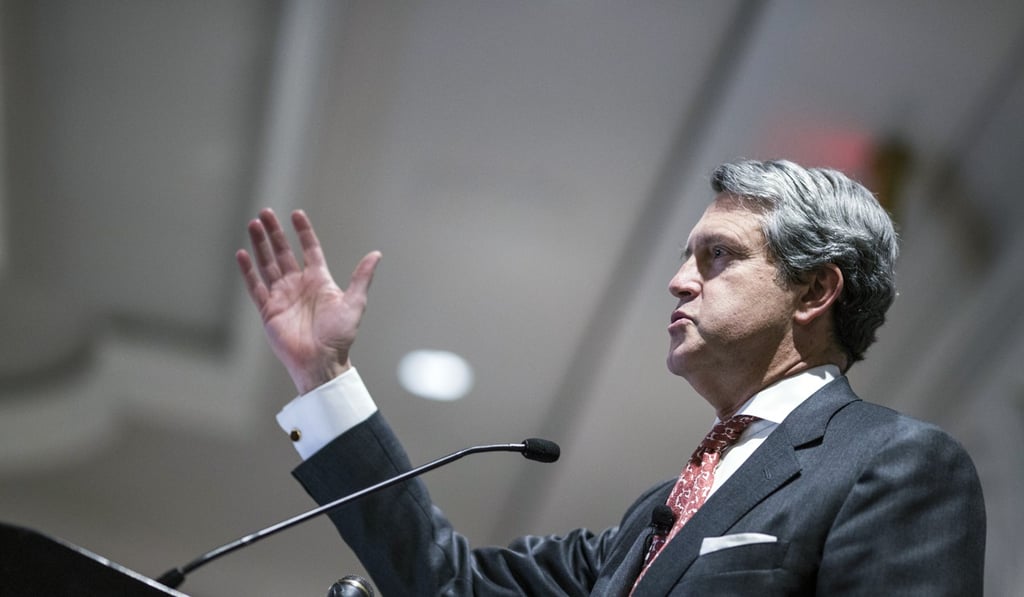The View | Banks should throw in the towel on proprietary trading, after all the robots have already won
No one really knows if the pursuit of proprietary trading profits is worthwhile as robots and algorithms fight it out- server versus server

“Making America Great Again” means returning American banks to the land of greater profits and returns. President Donald Trump and the US Federal Reserve intend to reintroduce proprietary trading to US banks.
These banks are eager to return to what was once a source of huge profits even though it generated plenty of controversy after the global financial crisis and was eventually closed by the Volker rule in 2010. But the landscape of proprietary and quantitative trading have been reshaped internationally by massive changes in financial technology and computing. You can’t go home again.
Randal Quarles, vice-chairman for supervision of the US Federal Reserve (and a former private equity manager) recently gave his first speech on bank regulation. His discussion of adjusting capital requirements and constraints led to him saying for the first time that regulators have commenced working on a “Volker rule 2.0”. He emphasised that it was a priority of the Fed to change the ban on proprietary trading by banks.
Banks, especially US ones, have complained that the eight-year-old Volker rule has been difficult to implement. Separating trading on your own book versus market making to purely serve clients has been confusing.

Of quantitative trading- especially using algorithms, which increasingly characterises institutional investing. And no one really knows if a return to proprietary trading profits are worthwhile as robots and algorithms fight it out- server versus server.

